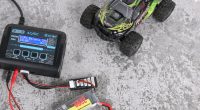How to Pick the Right Ballet Shoes: Proper Footwear Is Important
Ballet has put its’ mark on history a very long time ago, meaning it is one of the longest existing dances known. It originated in Italy but managed to quickly spread to France and all other European countries. It gained popularity fast and continues to amaze audiences worldwide to this day. Besides being extremely appealing to watch, the actual dancers benefit from it as well. It is excellent for obtaining and maintaining good posture and strengthens the whole body and muscles while making you extremely flexible.
Now, anyone can decide to learn the art of ballet. All it takes is determination and the proper dance essentials. The pretty dress and bright-coloured tights are a must, but the most important item is undeniably the ballet shoes. Without them, ballet dancing would be close to impossible, plus they add to the whole elegant, gentle look. Read on below to find out everything there is to know about the ballet shoe and be prepared to make the right choice.
All You Need to Know About Ballet Shoes
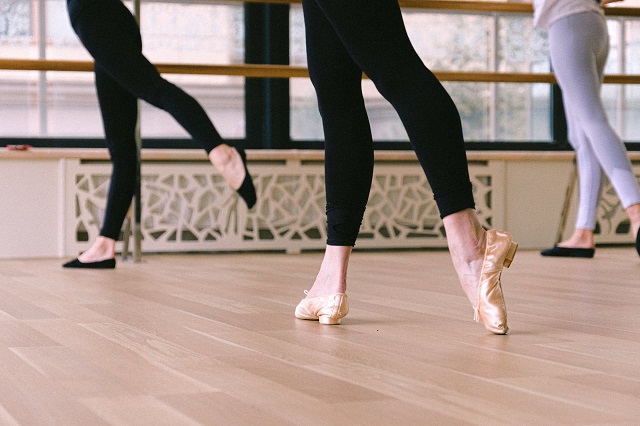
There are many things that need to be put into consideration before buying shoes ballet equipment stores sell. You need to be aware of the main kinds, parts and materials so you can pick the right ones for you and take care of them properly. So, let’s dive in.
Different Kinds of Ballet Dance Shoes
Split-Sole
Firstly, we have the split-sole pairs. This type of sole is divided into two parts which are made from rough materials that allow good traction. The very bottom of each sole is covered with soft, protective materials. Because of the specific design, this kind allows the dancer to move around freely while looking absolutely stunning in every movement. So, it’s undeniable that it is the split-sole type of shoes ballet dancers choose for a more flexible, aesthetically pleasing performance.
Every dancer that has used split-sole shoes has said that they feel way more confident during their practice or during on-stage dancing. The reason for this is because this kind gives a greater feeling of free movement and allows the dancer to hold their balance more efficiently. It also provides cleaner, better footwork and makes performing the techniques much easier. Back in time when this design wasn’t yet invented, experienced ballerinas would wear full sole shoes which they would have to fold up and crease in order to make the arches a bit more flexible. Luckily, no one has to do that because a simple solution is getting the irreplaceable split soled shoes.
So, in conclusion, this pair will allow the dancer to show off their talent fiercely and perform a show worth watching. They perfectly flatter the line of the foot and make everything look very pretty. As for the cons, a small issue would be that this type does not have good arch support. This could be an issue for individuals who have just begun their ballet journey. Because they still fall into the beginners’ category, the risk of injuries is still very high, so it’s not recommended for them. As for the truly determined and highly experienced performers, there is no better choice out there than this very type of ballet flats.
Full-Sole
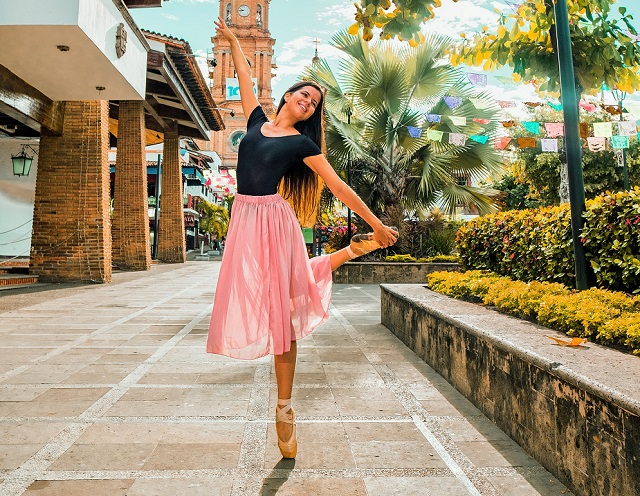
The next type worth mentioning is the full-sole kind. This variety makes the excellent choice for people who are new to the art of ballet and are eager to learn the techniques fast. The shoe is perfectly designed to fit well and support the dancer’s foot all the way throughout the whole performance or practice session. It gives extra arch support that allows the dancer to control their balance flawlessly. In fact, full-soled flats are often used by advanced ballerinas as well. They are recommended for little girls who are interested in learning ballet too. So, this is the ideal kind to go for if you are looking for shoes that offer traction and good resistance.
Pointe/Demi-Pointe
Lastly, you can choose from the demi-pointe or the regular pointe flats. The first type comes with a leather outsole with no shank. They offer extreme resistance and are great for building the right muscle groups. However, they are not very recommended for under-experienced dancers. The other type is the popular pointe kind which is only used by dancers who have been into ballet for several years time. They do come with a shank which offers great support for the dancer’s foot. They make the perfect pick for ballerinas who practice en pointe choreographies. This pair makes the dancers look as if they are floating on stage.
The Ballet Shoe Materials and Their Maintenance
Now that you know all about the main kinds of ballet shoes, let’s dive into the lingering question – How can I make my ballet shoes last longer? Well, the answer is proper care and maintenance of the specific materials. You first must choose top-quality materials for your ballet flats in order to ensure they last you long, then care for them properly. Here are the most high-rated ballet shoe materials and their cleaning instructions:
Canvas
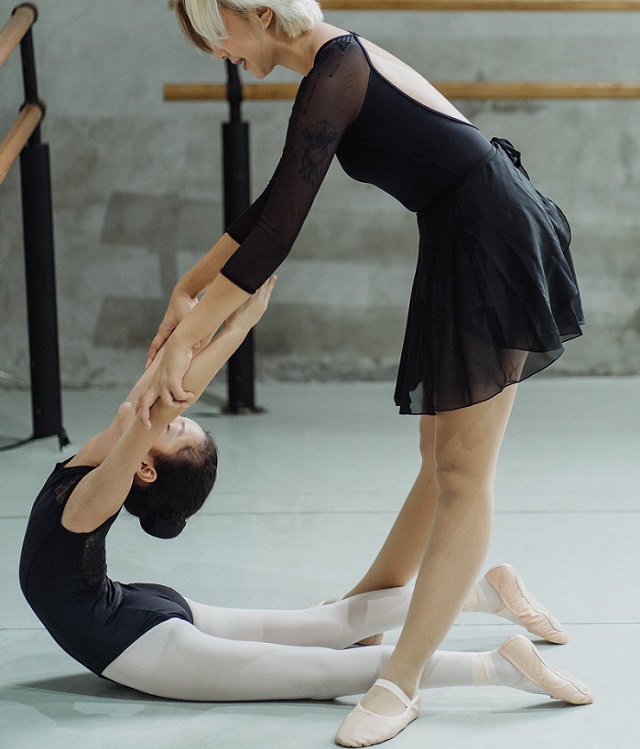
This is the most common material used for shoes ballet dancers like to wear. It is a stretchy, breathable fabric that adapts easily to any type of foot. The good thing about it is that it’s the most affordable option, however, it’s not very durable and has to be changed often. As for the maintenance, they are very easy to handle. You can put them in the washing machine, clean them yourself with dish soap and then let them air dry.
Leather
Leather flats are also very popular because they are very resistant and durable. It’s a sturdy type of material that will not only last long but will also support the foot perfectly. It is ideal for beginners or for children who are getting into ballet dancing. The cons would be that they are a bit high-maintenance. They are not washing machine friendly and they can only be spot cleaned with the use of dish soap, detergents or some kind of wipes. Water should be avoided at all costs. Also, they are usually quite expensive.
Satin
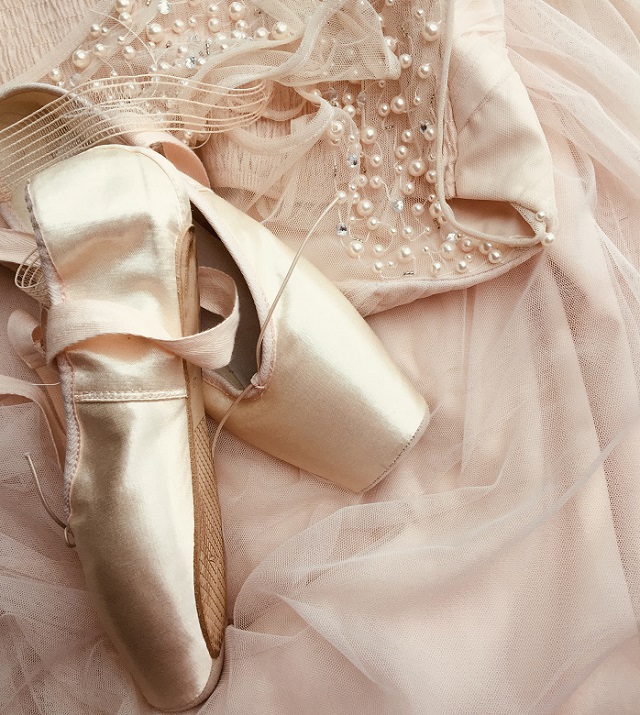
If you want to go for that extra aesthetic boost, then satin is the right material to choose. It’s a very soft, gentle material that looks flattering on the feet. However, shoes made of this kind are not so durable and can get dirty easily, so it is only recommended that you wear them on special occasions.
Summary
Picking the right kind of ballerina shoes can be challenging, so it’s important not to rush and take your time. Be sure to try them on and make certain they fit perfectly before purchasing, then consider the material and the design. Opt for a matching ballerina outfit along with a dance bag to carry your ballet essentials, and you will be good to go!


